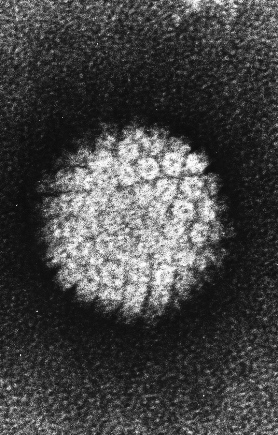Difference between revisions of "Category:Papillomaviridae"
Jump to navigation
Jump to search
(Created page with "{{frontpage |pagetitle =Papillomaviridae |pagebody = Papillomaviruses infect keratinized cells, giving rise to sarcoids, warts, and papillomas. |contenttitle =Content |content...") |
|||
| Line 24: | Line 24: | ||
==Types and Subtypes== | ==Types and Subtypes== | ||
| + | |||
| + | {{Learning |Vetstream = <p>[https://www.vetstream.com/canis/Content/Bug/bug00346.asp Canine Papillomavirus] </p><p>[https://www.vetstream.com/equis/Content/Disease/dis01021.asp Equine Papillomatosis]</p><p>[https://www.vetstream.com/lapis/Content/Bug/bug00346.asp Rabbit Papillomatosis]</p><p>[https://www.vetstream.com/felis/Content/Bug/bug00346.asp Feline Sarcoids]}} | ||
[[Category:Viral Organisms]] | [[Category:Viral Organisms]] | ||
[[Category:To_Do_-_Clinical/Viruses]] | [[Category:To_Do_-_Clinical/Viruses]] | ||
Revision as of 23:57, 15 June 2016
Papillomaviridae
Papillomaviruses infect keratinized cells, giving rise to sarcoids, warts, and papillomas.
Morphology
- Medium-sized, icosahedral, non-enveloped dsDNA viruses
Virulence and Pathogenesis
- Target actively-dividing cells
- Warts: genes expressed are associated with transformation (hyperplasia and delayed maturation)
- Virus is shed as cells exfoliate
- Oral papillomas in young animals often resolve spontaneously
Epidemiology
- Resistant viruses: can persist in environment for months
- Restricted to stratified squamous and mucosal epithelia with slow growth
- Usually species specific
Types and Subtypes
| Papillomaviridae Learning Resources | |
|---|---|
To reach the Vetstream content, please select |
Canis, Felis, Lapis or Equis |
Pages in category "Papillomaviridae"
The following 4 pages are in this category, out of 4 total.
